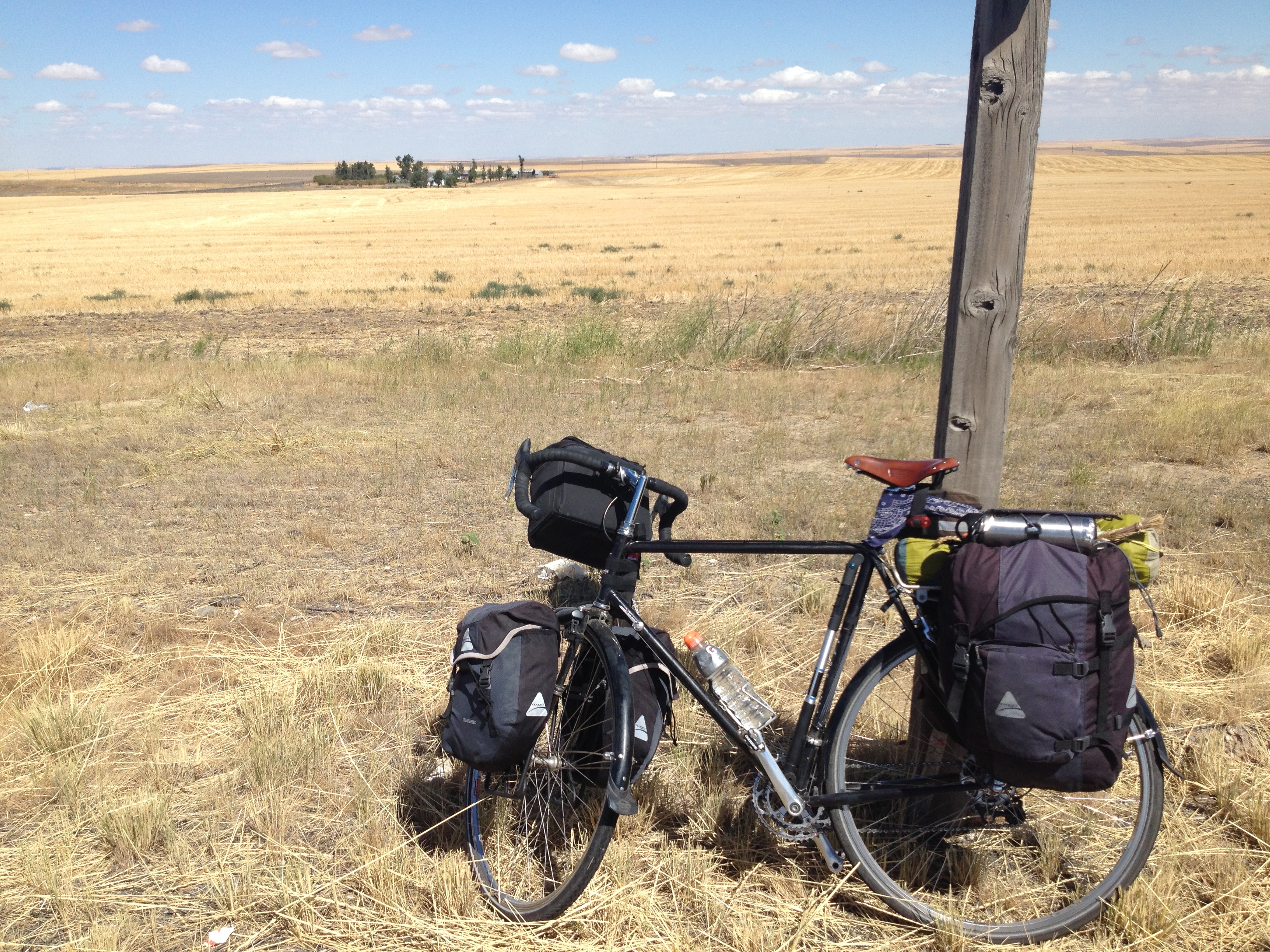~ 2 min

Conclusion
This project was initially inspired as a participatory way to engage with the history of the American West. We sought to find a way to complicate the story of exploration laid down by Lewis and Clark and the mythology of the American landscape. We wanted to keep an open mind as we travelled, knowing that we bring our cultural bias and contextual knowledge with us wherever we move. We wanted to collect and construct a memory of our own westward movement with a conscientious awareness of ourselves as outsiders. With this in mind we chose to collect as many different forms of data and evidence that would could carry with us. Our initial mode of questioning was an attempt to represent a more complex notion of the American West with a first hand experience of the incongruencies of our notions of the land itself. We collected quantitative geospatial data and qualitative data in the form of journals and photographs. Each of these data forms required their own specific model for analysis. In future iterations of this project I would like to consider how different kinds of information can shed light on an experience. How can quantitative and qualitative data collection methods assist each other in representing and event and translating that to an audience? These investigatory practices were outlined so as to share the ways in which other researchers may choose to engage with seemingly disparate forms of information. Each data form served as a kind of evidence, outlining an aspect of the experience of our journey travelled. Each form of data had strength of information dependent on the parameters of its measurement. The numerical data showed proof of correlation between experience and recorded measure, the journaling data showed intent and experiential representation of history and space, and finally the photographic data showed a persistence an awareness of history in our contemporary notions of landscape. Each of these data forms have their own strengths and weakness, and theories that may be brought to the forefront along with its own biases and obfuscations. By placing them together we may see a more complex structural use of each. This project is meant to serve as a model for analysis and data collection. As Digital Humanities scholars venture into unknown spaces of research it is not only important to be informed about the traditions and conceptions of the field in which they originate but it becomes useful to see a myriad of other methods of investigation and documentation. By modeling this whole process in an open web format I hope to create a reference point for my own multimodal humanities investigation and encourage other researchers to take what I have outlined and use it as a way to enhance their own process.
